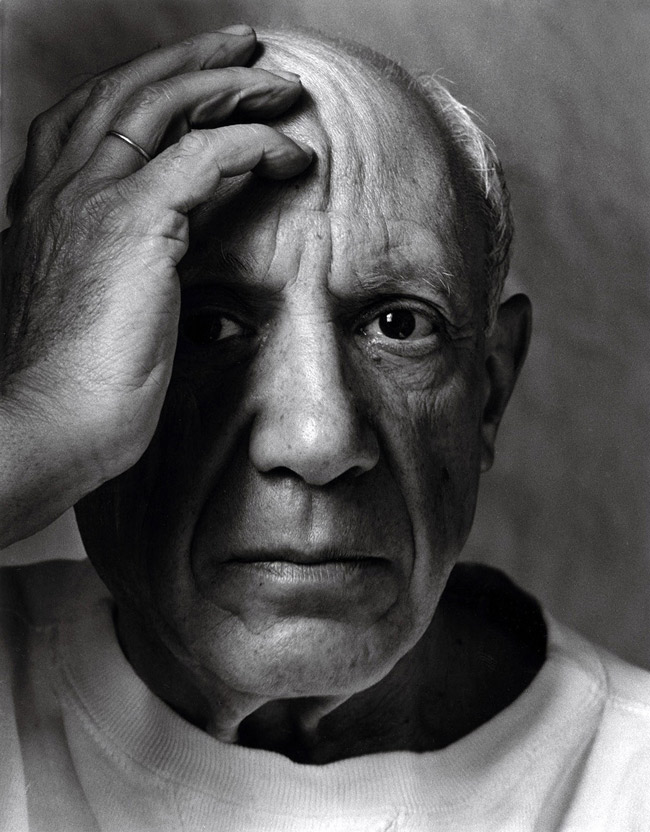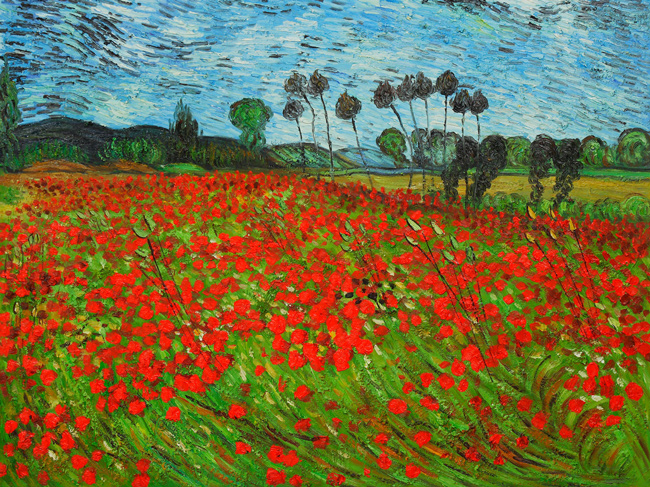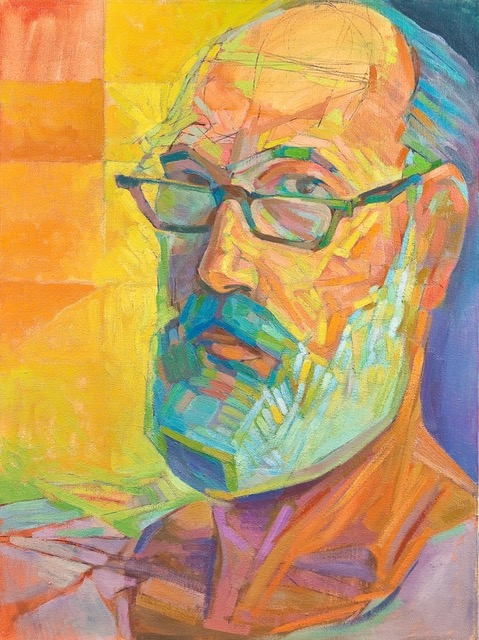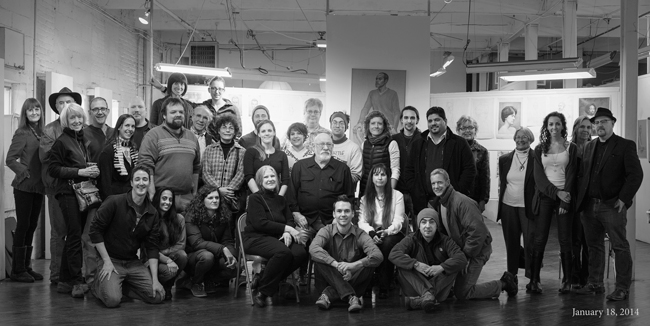
Every individual attaining a personal mode of self-expression is self-taught.
However supportive one’s training, the formation of an appropriate style and language is a private and very personal quest.
The work of an accomplished artist establishes the standards by which it is judged. The body of work produced by an artist creates its own order. This unique symmetry establishes the criterion by which the work is ultimately appreciated.
To apply such a view to the work of the student is to put the cart before the horse.
Too tremulous and timid a regard for the student’s delicate sensibility can, and has, caused many an instructor to back off, neglecting the student’s greater need for training. Hence, a formlessness has crept into much art training: Beginners are beseeched to express themselves freely, long before they have the tools or understanding to make sense of their efforts.
The serious student flourishes where abundant information is offered. Information paves the avenue to personal answers.
The person wishing to learn the fundamentals of a craft seeks an instructor offering the most useful information and training. The object is to learn as much about one’s chosen interest as one can. Original thought is rare. The prospects of being true to oneself, and original, are enhanced when one is well informed
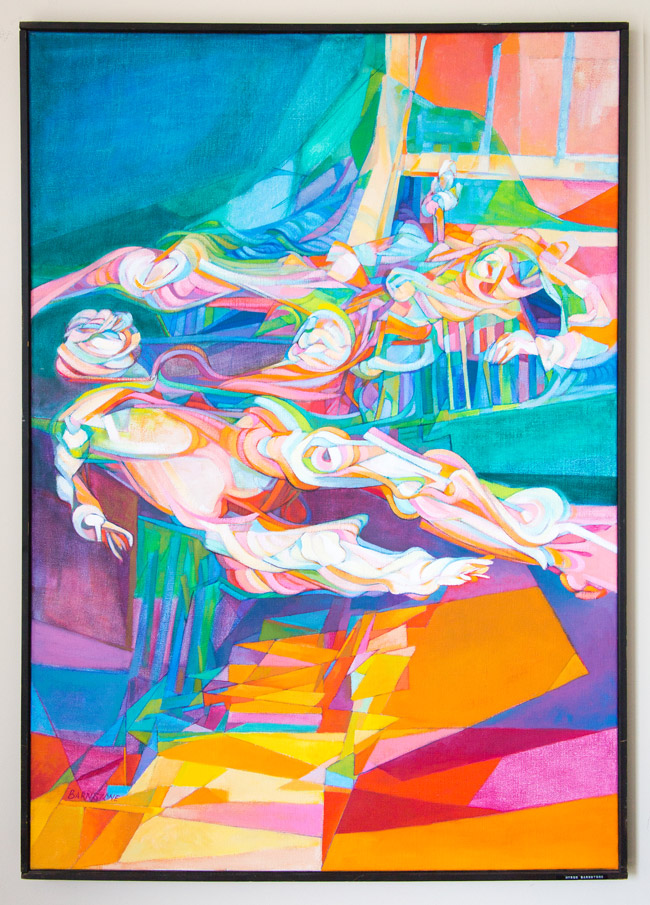
The richness of life is found in its great variety. We all differ: Feeling, thinking and responding in unique ways. Each of us, through self-knowledge, must come to terms with that which is special to ourselves.
Through work and study, we often discover the truest and most reliable reflection of ourselves. By more fully appreciating the thoughts and feelings of those who have excelled in the world of art one is more likely to recognize kindred spirits and find like interests: These discoveries enrich and nourish — bringing our goals into sharper focus.
In the classroom, it is the instructor’s task to establish standards against which students may measure their progress.
For each instructor, the parameters will differ, as they must. What is of paramount importance is that each teacher clearly establishes the mode of measure to be applied.
If progress in understanding and the mastery of skills is to occur, there must be the application of this necessary expedient: The Standard.
A tacit agreement exists in the classroom Students accept the necessity for structure in the teacher’s efforts. It is understood that the instructor can hardly know everything; the challenge is to take a stand and from one’s chosen ground, do the best one can. The degree to which the teacher is useful is the measure of effectiveness.
In a class of interested and serious students, the only individual tested is the teacher.
It is presumed that students elect to study with a particular teacher with a view to gleaning all the useful information it is possible to harvest. If sound, this experience benefits by hastening the day independence and authority over one’s material is achieved.
Socrates noted that the teacher, like the midwife, assists in the birth of ideas . . . the creative achievement is the work of the learner. The student learns through personal effort and discovery. What the student discovers is him or herself, an appropriate personal style and the freedom to be self-expressive.
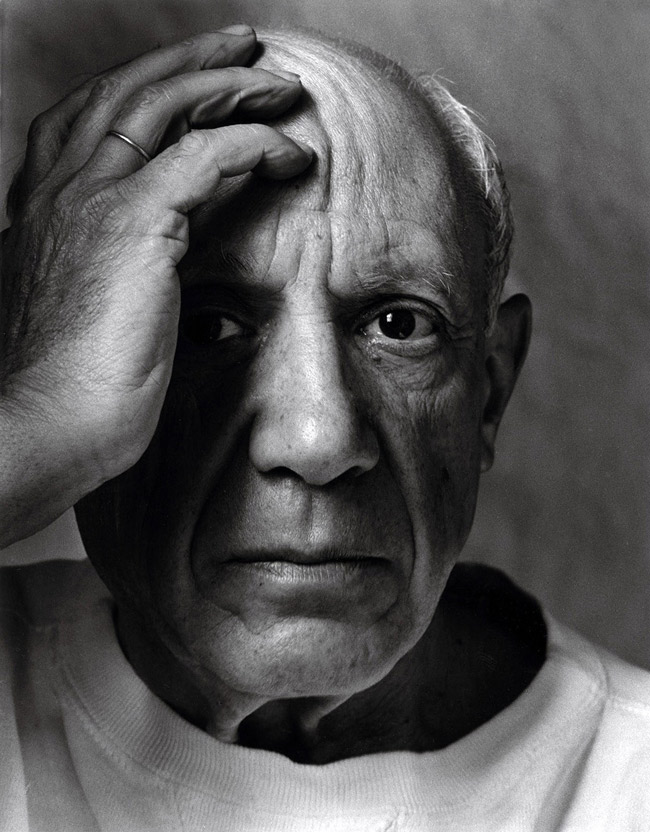
“A lot of professional photographers have no idea of what’s been done before they came on the scene. So many of them simply pick up on “the latest thing. They copy. They have no originality, no style of their own. They go from style to style, from one latest thing to another. A lot of them have rather short professional lives. But the creative photographers develop their own style to one degree or another, and that development grows out of a knowledge and understanding of what came before. It starts with influence and perhaps imitation, but the truly creative will develop their own style, their own voice.” ~ Arnold Newman, Photographer
